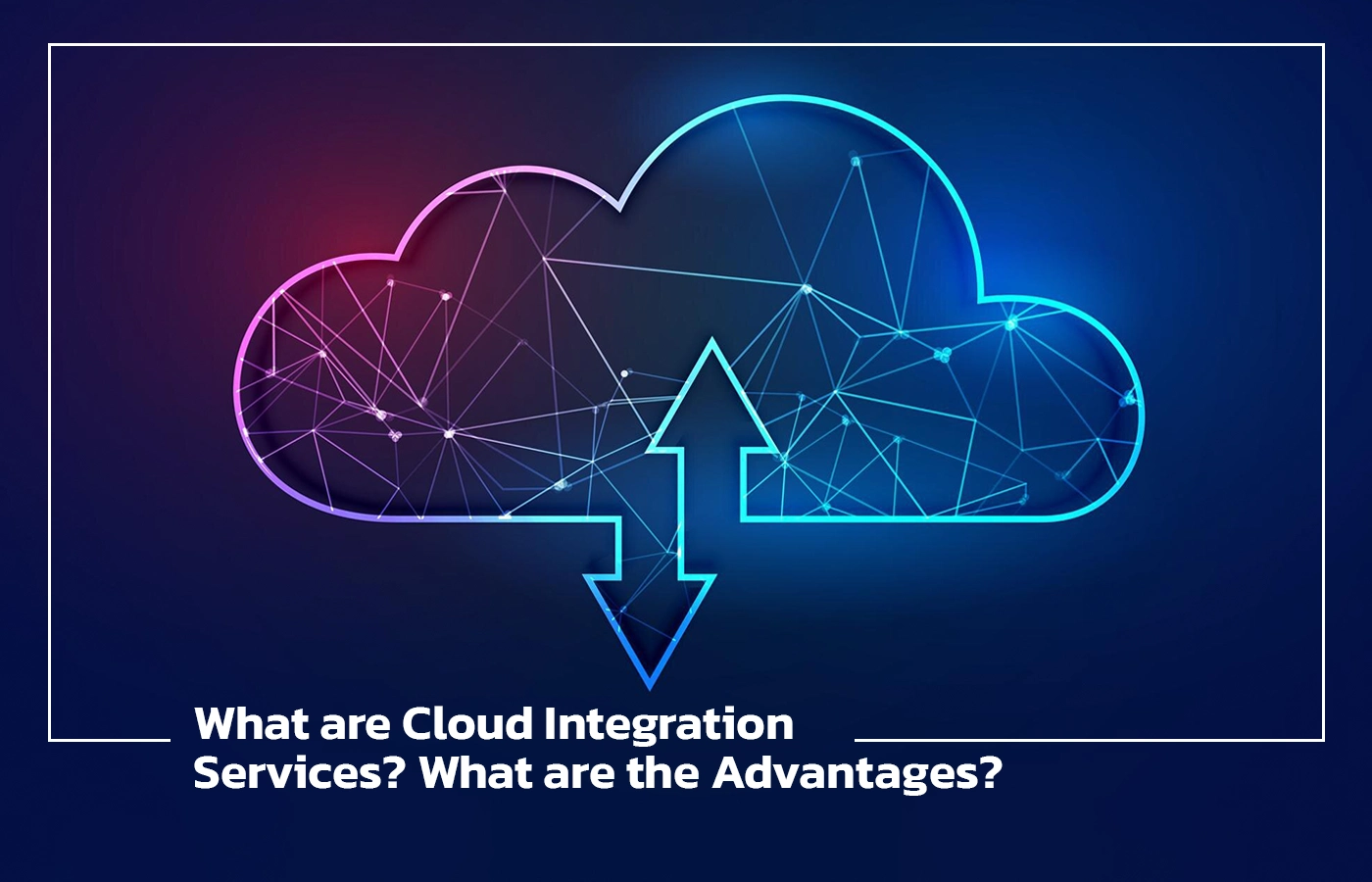What are Cloud Integration Services? What are the Advantages?

Cloud Integration Services
Cloud integration services refers to the process of configuring and managing the connection or the data transfer between various cloud services and applications. In doing so, this enables seamless data exchange and functionality across different platforms, enhancing operational efficiency and collaboration.
Moreover, Cloud integration involves the unification of various cloud environments, whether through a hybrid deployment or using multiple public clouds. This enables them to function as a unified and cohesive IT infrastructure for an organization.
What are the Challenges in Cloud Integration Services?
The service, however, is far from simplistic. There are numerous technical challenges to be addressed, and IT executives must also consider various functionality issues. Specifically, it is important to clarify the reasons for integrating cloud architectures and to define the types of workflows that need to be supported.
The Increasing Need for Cloud Integration Services
The hybrid cloud integration platforms market is projected to experience a compound annual growth rate of 14% from 2018 to 2023, as indicated by a recent PR report from Research and Markets.
Therefore, Cloud integration service is influenced by a diverse range of factors. Some organizations are exploring the use of integrated resources to enhance real-time applications and services. In contrast, others are focusing on augmented automation capabilities for both back-office and customer-facing platforms. Integrated clouds improve support for mobile applications and facilitate easier deployment and scalability options universally.
It is not surprising that there is an increased demand for cloud integration services.
What Factors Should CIOs Consider in this Emerging Area of IT Technology?
The platform must ensure comprehensive data protection at rest and in transit. In certain regions, particularly in Europe, this approach is not just a matter of prudent strategy but also a compliance obligation.
Another important feature is the implementation of appropriate authentication measures between data controllers and processors, as this is the area that hackers are most likely to exploit.
Furthermore, the integration must be thorough, addressing all scenarios that involve the transfer of batch data to enterprise applications. It is especially critical for heavy loads, such as when data scientists integrate new digital assets into their workflows or when marketing teams monitor real-time events to acquire new insights or initiate new channels.
Lastly, before planning the transition, a careful consideration should also be given to the benefits the organization can gain.
Managing the Transition to Cloud Integration Services
The transition from traditional infrastructure to a cloud infrastrcture should be executed seamlessly, ensuring no disruption or downtime throughout the process. The complex process requires expertise and careful planning. Establishing high-speed, highly available connectivity and implementing a real-time replication strategy are essential for mirroring services during migration, while accommodating the addition of new data to the environment.
In addition, the virtual private network (VPN) is a critical component of an integrated cloud architecture. It offers the necessary speed and flexibility to transfer data and applications across distributed architectures, while also allowing for implementation with built-in encryption to enhance the security of data in motion.
Activating Collaboration Features
The primary objective of cloud integration extends beyond merely optimizing infrastructure or increasing resource capacity; it also aims to improve collaboration among knowledge workers. The various hosting and storage options available in a hybrid cloud environment facilitate the sharing of data and analytics tools among multiple users, regardless of geographical separation.
Establishing the optimal design for these architectures presents challenges, as each organization possesses unique requirements and operational objectives. It is advisable to store sensitive data in on-premises cloud environments, particularly for data that requires quick access by essential personnel. High-volume workloads are primarily directed to public clouds, provided that there are established policies and systems in place to guarantee adequate security.
An integrated cloud environment is generally a more effective solution compared to utilizing multiple disparate clouds.
Developing a Strategy for Cloud Integration
Cloud integration refers to the process of avoiding the silo-based infrastructure issues that commonly affect data centers, ensuring that these challenges do not recur in cloud environments.
The Advantages of Cloud Migration
Cost-efficiency:
Cloud resources are usually light on CAPEX, as they are mostly pay-as-you-go services.
Scalability:
Cloud resources are scalable, up or down, based on need.
Accessibility:
Cloud computing allows users to access data and applications from anywhere.
Security:
Cloud Integration service providers invest in security measures to protect their clients’ data.
Overall, Cloud infrastructure enables faster resource access, leading to improved performance.
Conclusion: Leveraging Cloud Integration Services for Success
Cloud Integration Services necessitates meticulous planning. If your organization lacks the necessary expertise internally, collaborating with a reliable Salesforce partner in Australia can facilitate the swift establishment of your cloud environment, minimizing the risk of expensive errors during the process.
Connect with us to explore strategies for seamlessly transitioning your organization to the Cloud Integration Services.
